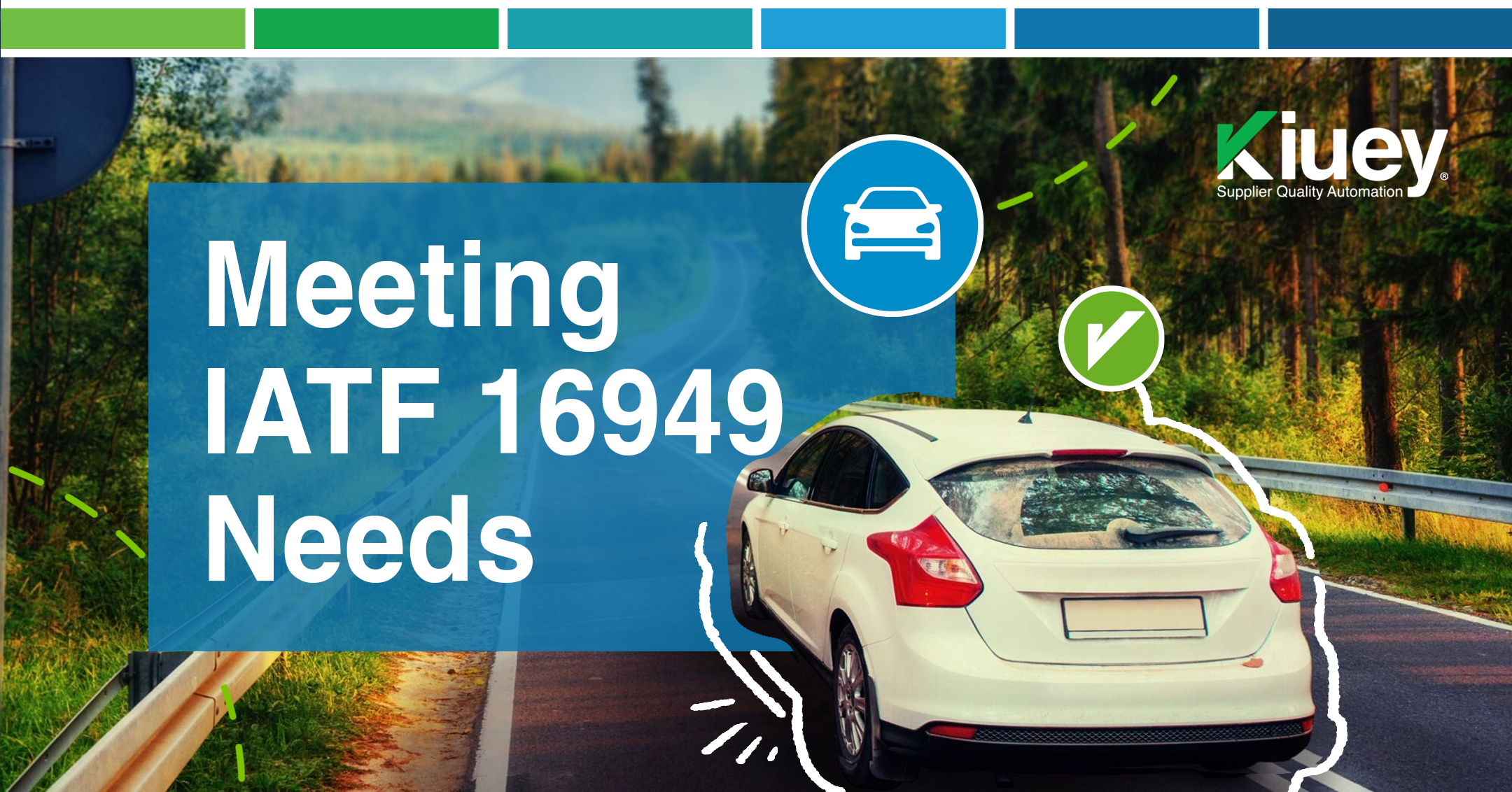
The International Automotive Task Force (IATF) 16949 standard serves as the cornerstone for quality management in the automotive supply chain. As a Supplier Quality Engineer (SQE), understanding and implementing its principles is vital to ensuring your supplier’s parts consistently meet the high standards demanded by Original Equipment Manufacturers (OEMs).
Customer Focus: The Driving Force of IATF 16949
IATF 16949 emphasizes a relentless focus on customer satisfaction. This translates to exceeding OEM requirements by delivering defect-free parts on time, every time. Your role as an SQE involves understanding not just the technical specifications, but also the broader needs of the automotive manufacturer. This might involve anticipating potential issues they haven’t articulated, proposing proactive solutions, and fostering open communication to build trust.
Process Approach: A Roadmap to Excellence
The standard champions a process-oriented approach. This means meticulously mapping every step involved in bringing a part from concept to production. Your responsibility lies in ensuring each process is clearly defined, documented, controlled, and continually improved. Tools like Failure Mode and Effects Analysis (FMEA) become crucial in identifying potential risks and implementing preventative measures. Statistical Process Control (SPC) empowers you to monitor process performance and identify variations before they lead to defective parts.
Continual Improvement: Striving for Perfection
IATF 16949 is not a static document; it embodies a philosophy of continuous improvement. As an SQE, you’ll be responsible for analyzing data, identifying areas for improvement, and implementing corrective actions. This might involve streamlining processes to reduce waste, implementing new technologies for better quality control, or collaborating with suppliers on their own quality improvement initiatives.
Risk-Based Thinking: Anticipating Challenges
The standard promotes a proactive approach to risk management. Your role involves identifying potential problems throughout the supply chain, from material sourcing to manufacturing processes. By assessing the likelihood and severity of these risks, you can develop mitigation strategies to prevent them. This proactive approach minimizes disruptions and ensures a smooth flow of high-quality parts to the OEM.
Quality Management System: The Foundation for Success
IATF 16949 mandates the establishment of a robust Quality Management System (QMS). As an SQE, you’ll be involved in developing, implementing, and maintaining this system. This includes documenting procedures, conducting internal audits, and ensuring all employees understand their role in achieving quality objectives.
Understanding the Tools of the Trade
Beyond the core principles, IATF 16949 references several crucial tools that become an SQE’s arsenal. Production Part Approval Process (PPAP) ensures all production documentation and parts meet specifications before being shipped to the OEM. Advanced Product Quality Planning (APQP) focuses on planning and risk mitigation during the product development stage. Mastering these tools allows you to effectively communicate quality requirements to suppliers and ensure a smooth launch of new products.
Conclusion
By embracing the principles of IATF 16949, you, as an SQE, play a critical role in the automotive supply chain. Your expertise ensures a steady flow of high-quality parts, ultimately contributing to the safety and reliability of vehicles on the road.
The journey of continuous improvement and collaboration fostered by IATF 16949 is not just about meeting standards; it’s about pushing boundaries and driving innovation in the automotive industry.
Subscribe to our newsletter.
Your go-to destination for insights, best practices, and innovative solutions in supplier quality assurance.
Recent Posts
PPAP strategies for effective supplier collaboration with Kiuey
December 9, 2025
How supplier quality audits drive zero defect manufacturing
December 4, 2025
Creating an effective supplier audit checklist for better compliance
November 27, 2025
Categories
Let's talk to see how PPAP Manager can help your company to save time and money.




